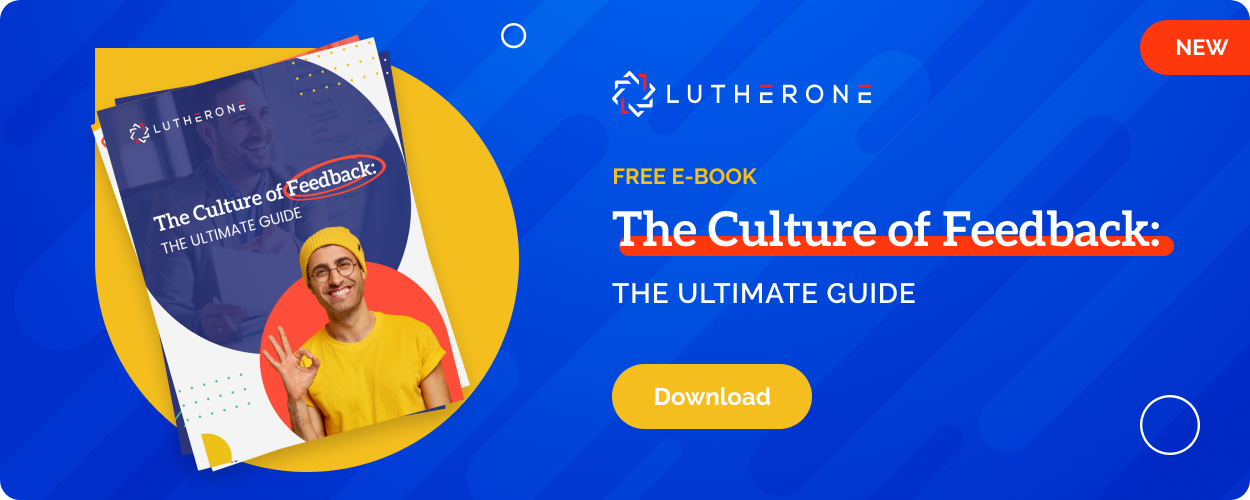PERFORMANCE & PRODUCTIVITY
The Glitch In The Matrix? Cognitive Biases In Performance Management Structures

Without you knowing it, cognitive biases can infect a workplace with slow-burning toxicity, undermining good management and practices, creating a culture of misjudgment and misrepresentation that can do formidable amounts of damage to the morale, productivity, and future of your workplace overall.
Understanding and "treating" biases and biased behaviors are not unique to one profession or siloed to one level of management. Everyone is biased to some degree. There are, of course, levels of bias impact - inoffensive generalizations and a shared joke of your work colleagues over a coffee do not fatally undermine a team's ability to work together and in most cases that sort of deprecating humor ties people together, creating humility and self-reflection between members of the same enterprise.
But when bias is allowed to seep into performance management structures, career decision-making, or wider business decision-making, things get slippery - generalizations lead to misrepresentations, stereotypes lead to discrimination, and misunderstandings of motive lead to arguments, poor decision-making and ultimately zero staff cohesion.
That said, addressing cognitive biases in communication channels and management styles is one of, if not the most important parts of improving your performance management systems.
This is not an improvement made through the introduction of novel tech, or AI, or digital platforms - it's about understanding people, our attitudinal limitations, and working collectively to better our approach to understanding what bias is and how we can eliminate it.
We all must take stock of how cognitive bias affects our teams, and how it stifles good management and effective performance management.
What is cognitive bias?
Cognitive bias "is a systematic error in thinking that occurs when people are processing and interpreting information in the world around them". This leads to decision-making based on these very same, sometimes flawed, assumptions.
These cognitive biases are built around prejudicial opinions, subjective understandings of information, emotive responses, and an inability to use data or fact to objectively change a frame of reference. In effect, it’s limiting thought patterns and lazy processes, which leads, inexorably, to limited, and poor, decision-making.
Why do we succumb to bias?
"Heuristics" play a disproportionate part in why people succumb to biased decision-making or forming biased opinions. Heuristics refer to the mental shortcuts we build to make decisions when confronted with a vast amount of data or stimuli that seem overwhelming or that would take too long to fully analyze.
Heuristics are essentially the mental patterns we make to compartmentalize and understand who people are and what information means quickly, and can (left untethered) form the basis of negative behaviors.
- One such example is the study that showed Men and Women being judged on their ability to do a job. The language used to describe the Men was focused entirely on work or job-related skills, such as "diligent, knowledgeable, or skilled", whereas for Women the language used was more emotive-based, such as "she's a team player and easy to work with".
- This is the end result of lazily stereotyping Women as more emotionally-led, and Men less so. These heuristic opinions are completely untethered to reality, based on stereotypes, easy to refer to, and are, of course, professionally damaging.

Never miss a LutherOne article or e-Book: SUBSCRIBE
The main forms of cognitive bias
Cognitive bias is especially damaging in the workplace, most obviously in moments of personnel analysis and performance analysis. Bias can creep into everything you say and do as a manager, and you must understand what the main forms of bias are:
Recency Bias
- The "what have you done for me lately" bias, where managers or staff make value judgments on a professional's ability based on what's happened most recently.
Primacy Bias
- This is when people remember information they found out about you, or remember their initial feelings about you, above information gathered more recently. Commonly called the "first impressions" bias.
Centrality Bias
- This is where people make "average" qualified judgments about everyone, either through fear of offending people or an inability to make a qualified call on someone's performance or actions, hence, bringing all judgments into the center, never criticizing or celebrating actions.
Confirmation Bias
- This is where people tend to lean upon, gravitate to, or seek out information that confirms their own preconceived beliefs. Eg. confirming what you already know.
Gender Bias
- The example above points this out clearly: the inability to focus on objective judgment criteria and merely judge people on their subjective "sex" characteristics.
There is one crucial way enterprises can try to rid themselves of cognitive biases within their performance review structures, and that is through cognitive flexibility.
How to improve cognitive flexibility in performance management?
There are six key ways to improve your cognitive flexibility:
- Become aware: admit to yourself and your teams that bias exists and that when not treated or acknowledged, it can be damaging. Then, transparently work towards a system of human resource and performance management that tries, to the best of your ability, to rid itself of impactful, ill-placed judgments and biases.
- Categorize: Recognize when and where these forms of bias arise day-to-day, identify where those biases are likely to affect your team, and label them. This will help you avoid them in the future by knowing the situations or scenarios that trigger them.
- Challenge your biases: this means more than holding a round table to discuss potential biases in your personnel management strategy. That means significantly holding yourself and your teams to account by fastidiously examining every employee touchpoint, review, feedback point, and evaluation channel for signs of bias affecting the criteria or judgment, questions asked, or feedback offered. This also means challenging your self-interest as a leader and digging down into your motives as a manager.
- Test your feedback: take a step back and question yourself to see if your feedback is fair. In similar circumstances, would you provide the same comments to another member of your team? Sometimes holding up the mirror to our actions is harder than it sounds, but it is an effective way to break biases and think more clearly.
- Understand heuristics: these mental pathways are the cause of action and reasons people make biased decisions. If you can hack these pathways and re-learn how to form language around personnel equity rather than bias, you will find a much more improved dialogue with your teams.

Never miss a LutherOne article or e-Book: SUBSCRIBE
- Educate your team: Train everyone to provide bias-less feedback and to challenge and interrupt other's biases. Have in place a constantly growing culture of feedback that allows everyone to understand its real value. Lean on technologies that allow teams to give and receive different types of feedback on diverse time lapses.

